March 8th, 2025
5minute read
TheCentury Seriesjets came into being in the heady days after World War II.
Delta wing configurations and guided missiles were also developed.
Many of the advanced technologies we have today were pioneered then.
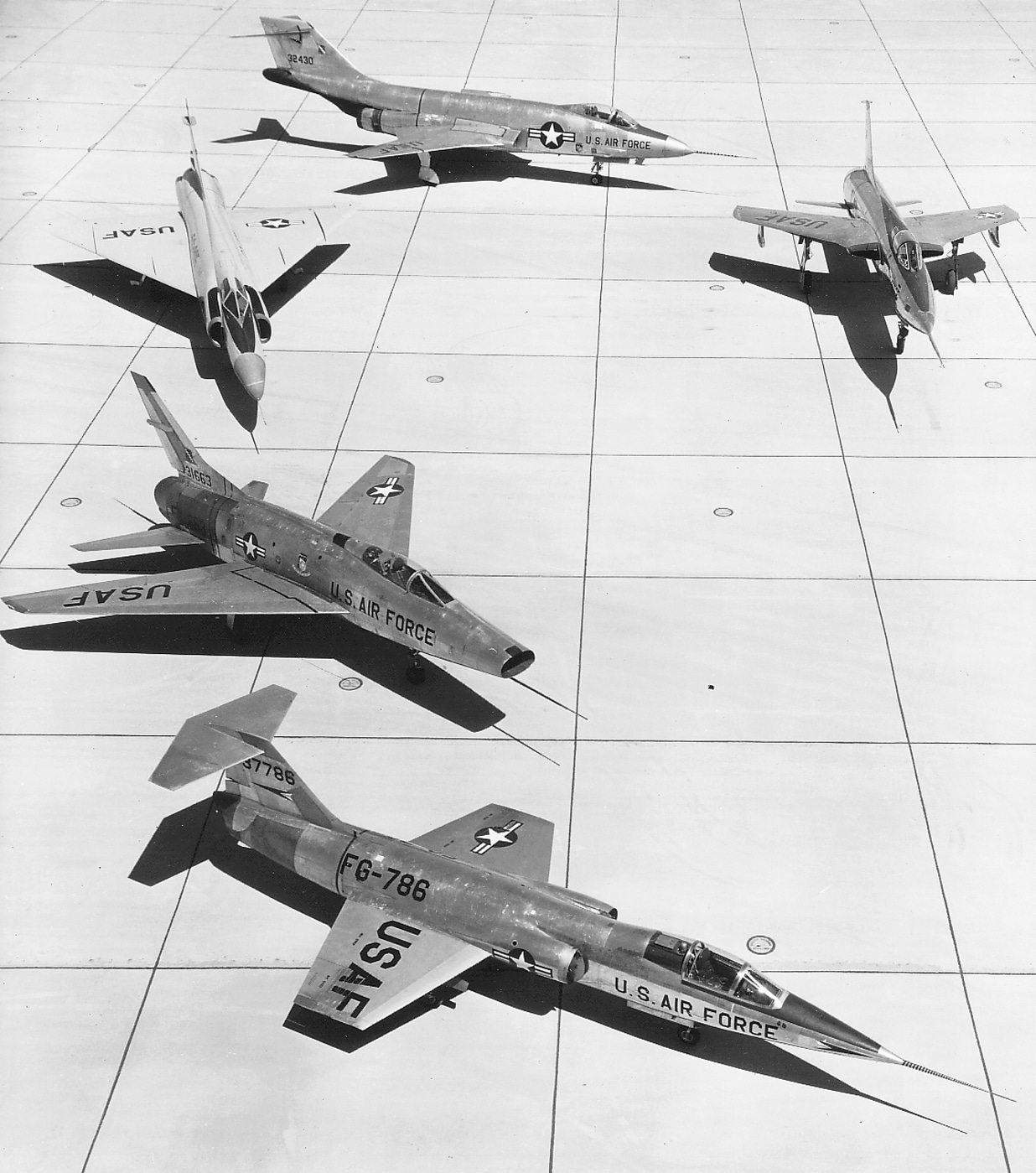
There were a total of six Century Series fighters and interceptors that saw service in the United States Air Force. Image: U.S. Air Force
Each played a unique role and marked a step forward in fighter aircraft development.
It was later adapted for fighter-bomber missions, including close air support.
The F-100 saw extensive action in the Vietnam War, flying thousands of combat missions.
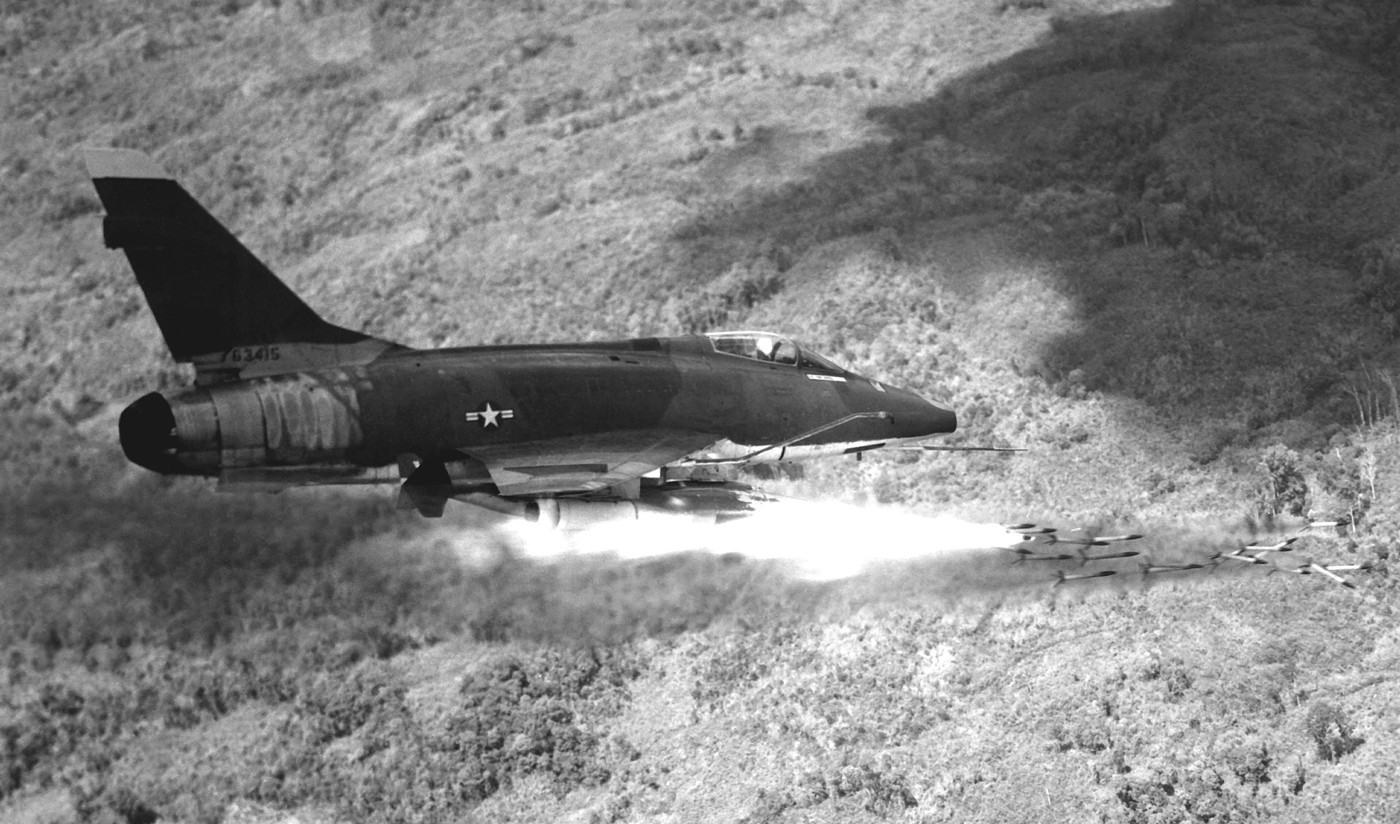
An F-100D Super Sabre aircraft fires a salvo of 2.75-inch rockets against an enemy position in South Vietnam. Super Sabre pilots were noted for their accuracy with the supersonic fighter. Image: NARA
Its early models had stability problems, but later versions improved performance and reliability.
Built by McDonnell Aircraft Corporation, it entered service in 1957.
The F-101B interceptor version was equipped with radar and air-to-air missiles for homeland defense under NORAD.
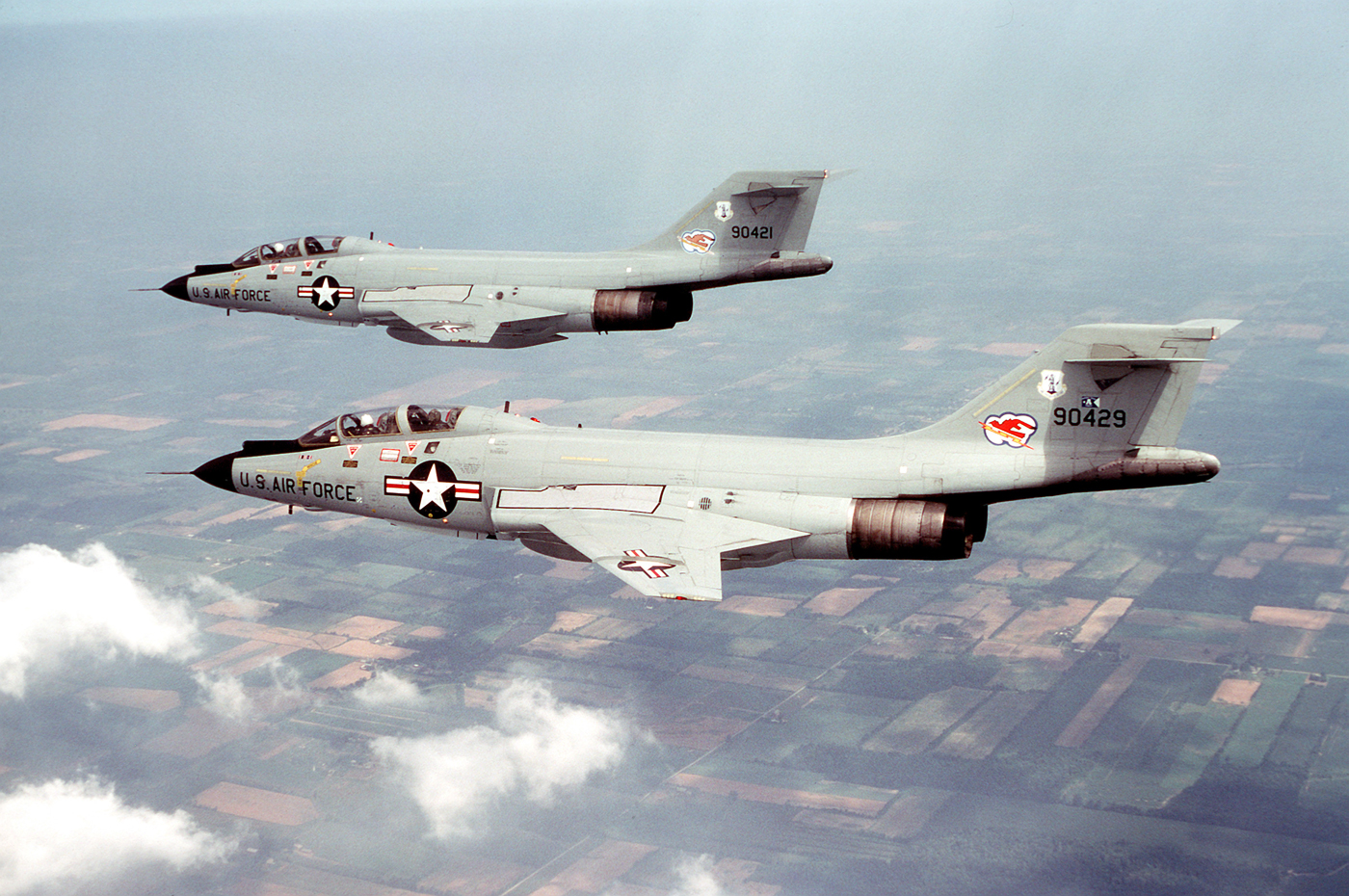
Two F-101 Voodoo aircraft near Niagara Falls during exercise Sentry Castle ’81. The aircraft are assigned to the 136th Fighter Interceptor Squadron of the New York Air National Guard. Image: NARA
The RF-101 variant played a major role in aerial reconnaissance, including operations over Cuba and Vietnam.
F-102 Delta Dagger
TheConvair F-102 Delta Daggerwas the first delta-wing interceptor in the USAF inventory.
Its role was to intercept and destroy incoming enemy aircraft under all weather conditions.

An aviation pioneer, the F-102 Delta Dagger was a Century Series interceptor designed to counter the nuclear-capable bombers of the Soviet Union. Image: NASA
F-104 Starfighter
TheLockheed F-104 Starfighterwas a radical departure from earlier fighters.
Built by Lockheed Aircraft Company, the F-104 entered service in 1958 and served as an interceptor and fighter-bomber.
While the USAF retired the aircraft quickly, many NATO allies used it for decades.
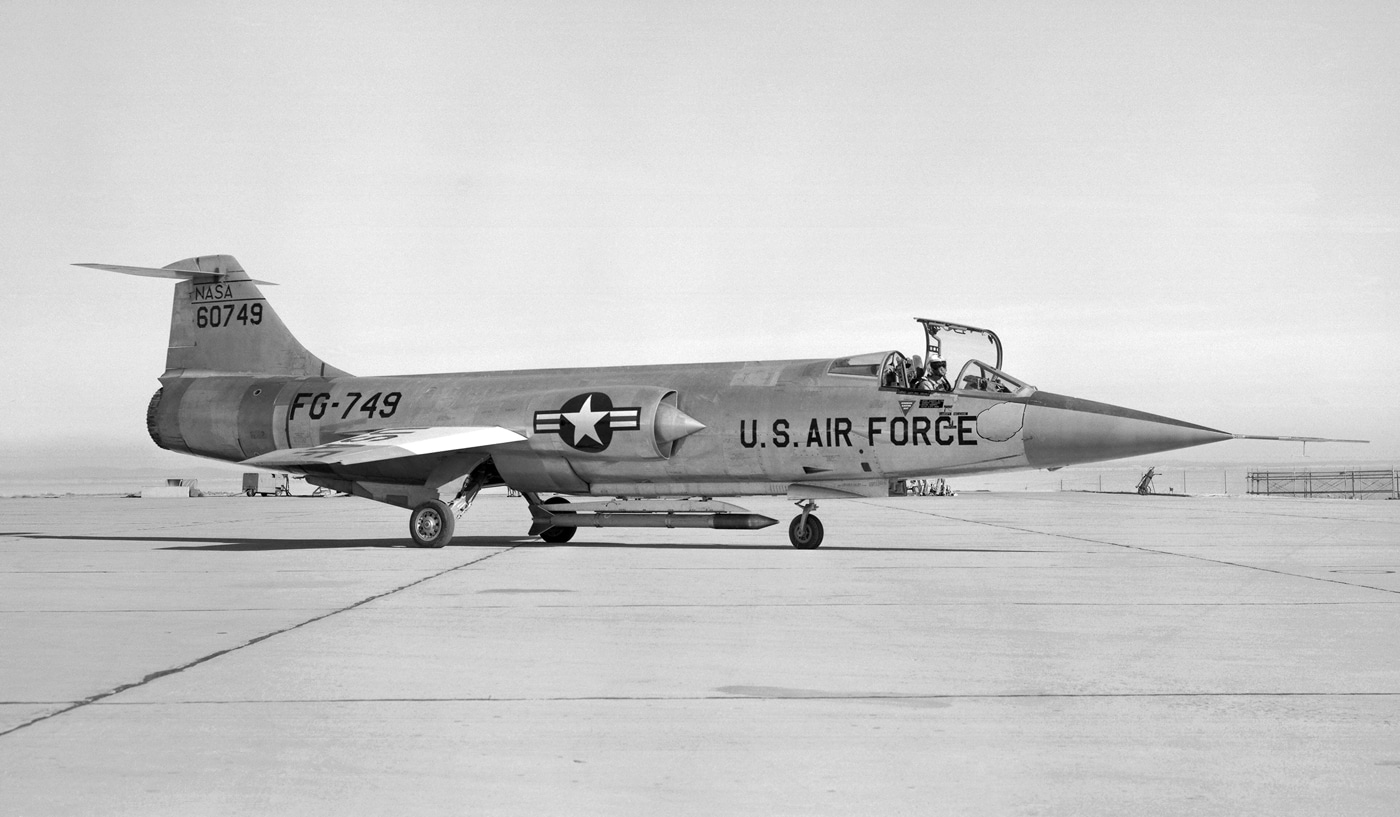
F-104A on the ramp at Edwards AFB. The aircraft is shown with the Air Launched Sounding Rocket (ALSOR) attached to the underside. Image: NASA
Countries such as Germany, Italy, and Canada adopted the F-104 for their air forces.
F-105 Thunderchief
TheRepublic F-105 Thunderchiefwas the largest single-engine fighter ever used by the USAF.
Designed as a nuclear strike aircraft, it evolved into a conventional fighter-bomber during the Vietnam War.
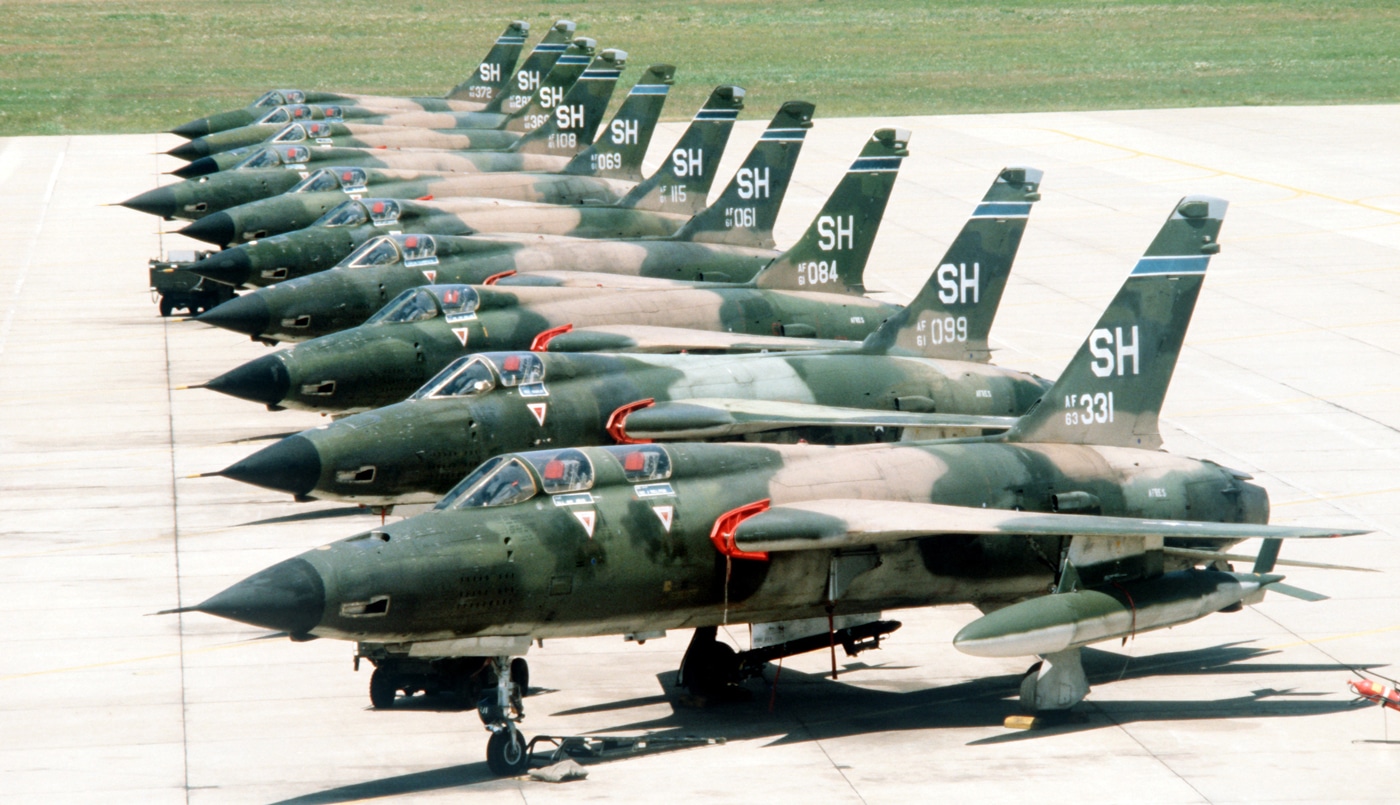
F-105 Thunderchief fighters of the 507th Tactical Fighter Group parked on the flight line. The 507th was based at Tinker Air Force Base in Oklahoma. Image: NARA
Nicknamed the Thud, it carried heavy bomb loads at high speed and low altitude.
Built by Republic Aviation, the F-105 entered service in 1958.
It became the backbone of tactical bombing missions in Southeast Asia.
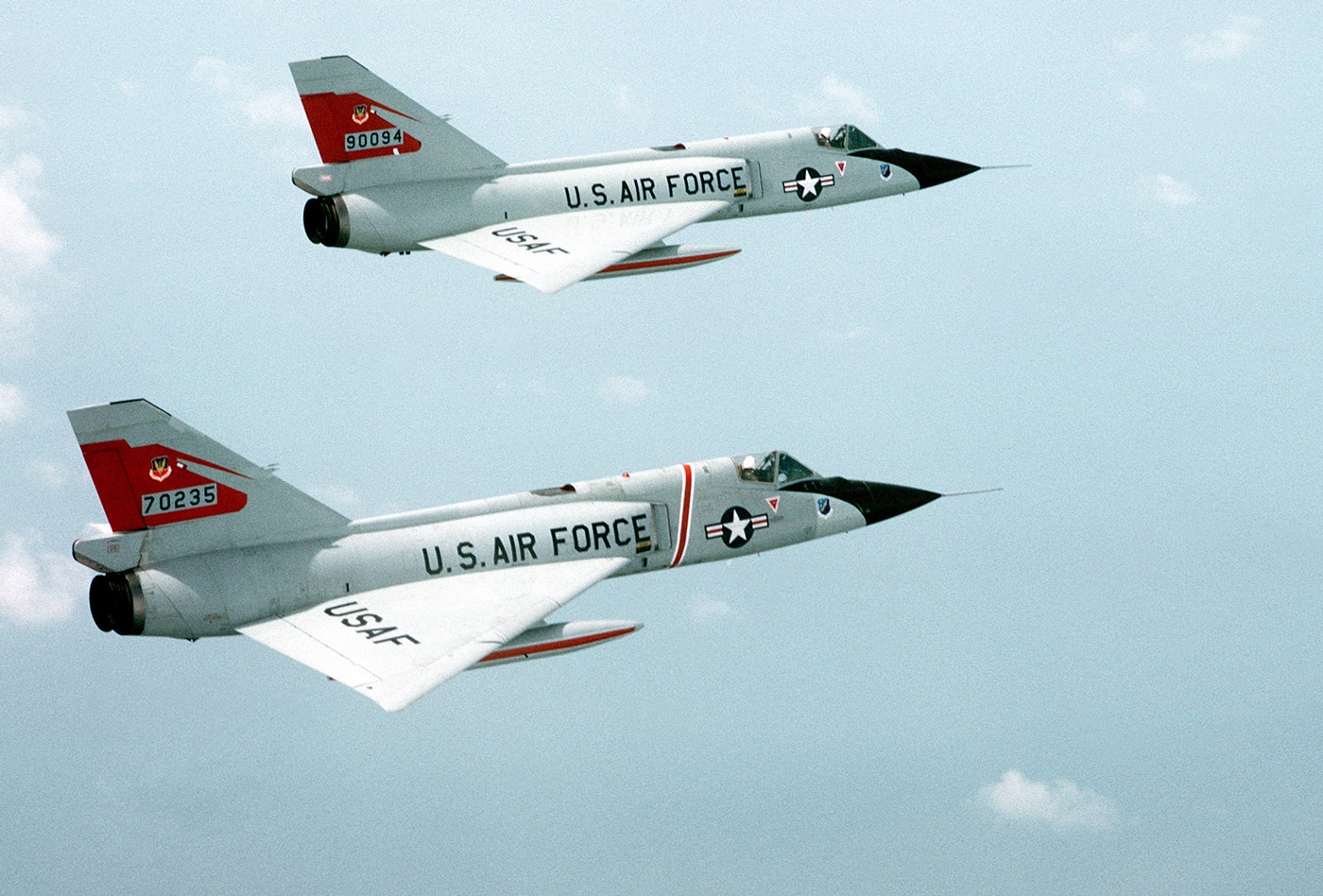
An air-to-air right rear view of two F-106 Delta Dart aircraft from the 87th Fighter Interceptor Squadron. Image: NARA
Despite being heavily armed and fast, the F-105 suffered high losses due to ground fire and surface-to-air missiles.
F-106 Delta Dart
The Convair F-106 Delta Dart was an advanced interceptor developed from the F-102.
It became the primary continental defense interceptor for the Air Force throughout the 1960s and 1970s.




